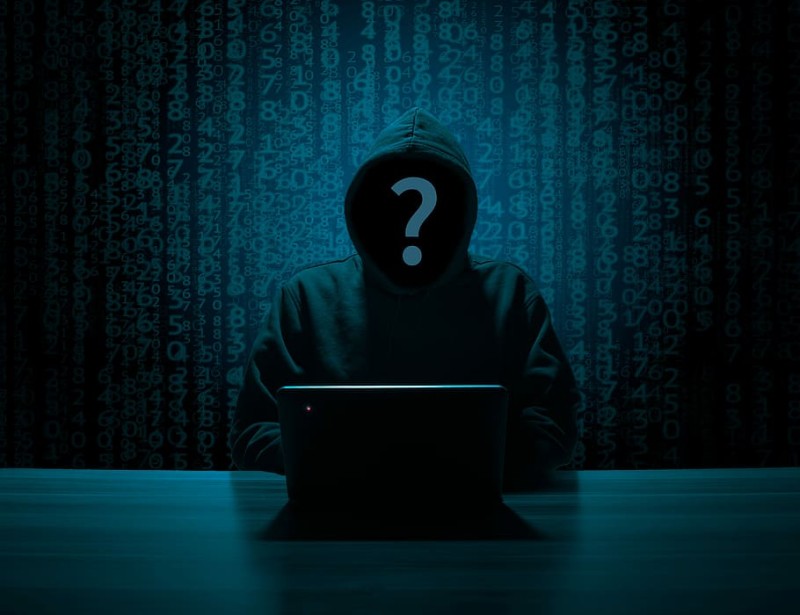It’s the disenfranchised minorities - people of color, Indigenous groups - and women that cybercriminals are mostly after, according to a new report by Malwarebytes, a cyber protection agency.
“It is a story of women feeling dramatically less safe and less private on the Internet than men,” the report said. “It is a story of how Black people, Indigenous populations, and all people of color see some of the barriers they already face in the physical world transposed into cyberspace.”
According to the report, women had the highest percentage to report that they felt unprivate online. They were more likely than men to report that they received phishing messages, either by text or email, and nearly half of the surveyed women reported that they had their social media accounts hacked compared to just 37 percent of men.
Black, Indigenous, and other peoples of color (BIPOC) are the most likely to be financially impacted by cybercrimes, while women are far more likely than men to be targeted in non-financially motivated cyber crimes, such as cyberstalking, the dissemination of “revenge porn,” and having their identity stolen to be used in nonconsensual “deepfake” pornography, the report said.
“BIPOC people had the lowest rate of successfully avoiding any financial impact due to cybercrime,” the report said. “Only 47 percent of BIPOC respondents avoided any financial impact compared to 59 percent of all respondents.”
At the same time, they were more likely than White respondents to have had their accounts hacked and identities stolen, though they were less likely to be victims of credit card fraud.
A higher proportion of both BIPOC and female respondents who had experienced identity theft, believed it to be the result of a previous physical altercation, such as mugging, pickpocketing and other thefts of purses or wallets, representing a blurring of crime in the cyber and physical spaces.
The report comes after a two year uptick in cyber crime brought on by the COVID-19 pandemic.
As more and more people have turned to online work, the opportunities cyber criminals exploit have only increased. Elderly people and those from low income backgrounds who did not receive strong digital education are often the most at risk.
“The cybersecurity community should consider why its products are not reaching so many vulnerable populations,” the report said. ”Companies must commit to better outreach and product design, creating education and tools that no longer assume equal familiarity for whole segments of the global population, and ensuring better awareness and access for all.”






